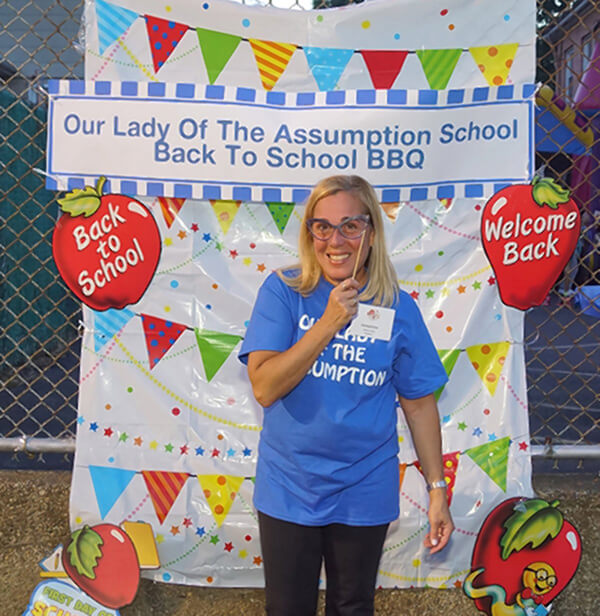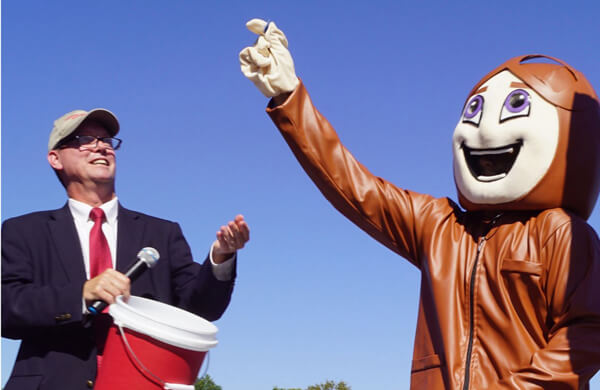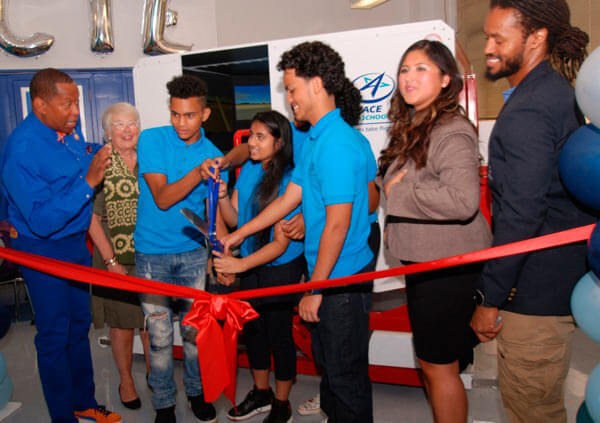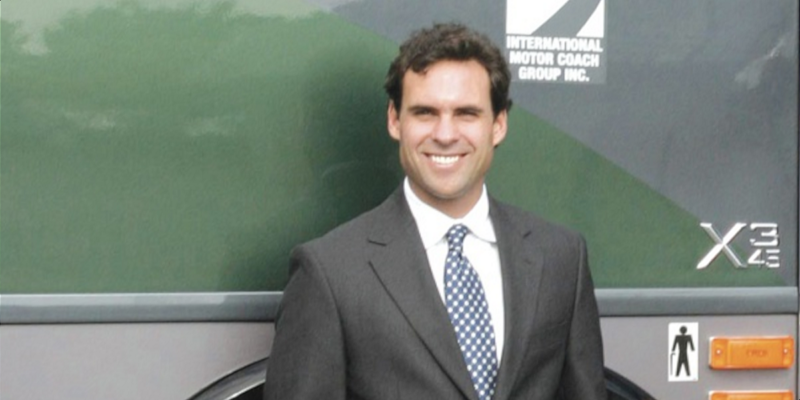A survey of America’s educators on teaching during and after COVID-19 revealed what is working, what isn’t, what is needed and what teachers think the priorities should be when classrooms reopen.
On May 28, Educators for Excellence (E4E), a teacher-led organization, released results from Voices from the (Virtual) Classroom, a nationally representative survey of public school teachers exploring education during this crisis.
“COVID-19 has disrupted learning across the country, particularly for students like mine, who come from low-income households,” said Christine Montera, a high school social studies teacher at East Bronx Academy and member of E4E-New York. “We need immediate policy changes to ensure our students can keep learning and lasting institutional changes so our most vulnerable students aren’t cheated out of the excellent education they deserve. Decision-makers must act now, not only to address learning loss due to the coronavirus, but to transform education for generations.”
E4E published its second national teacher survey, Voices from the Classroom 2020, in January. Voices from the (Virtual) Classroom builds on these findings and provides insight into how the education landscape has transformed in a few short months.
The survey produced these key findings:
- Distance learning is profoundly different from the classroom setting, particularly with regard to reduced instructional time and markedly low attendance and participation rates.
- Teachers and students lack fundamental resources and support right now.
- Students from vulnerable populations are far less likely to have what they need to successfully participate in distance learning.
- Teachers want the focus on teaching, support for their students’ wellbeing and preparation for future closures.
- Schools need to reopen safely and adopt creative ways to best serve all students.
- With looming budget challenges in states and districts, protecting effective teachers and the most vulnerable students is a priority.
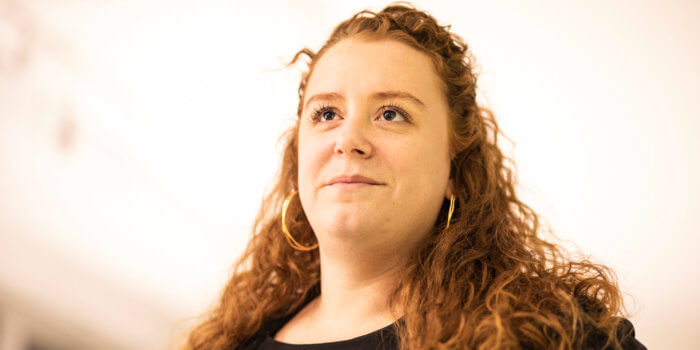
Distance learning
- Distance learning is currently nearly universal and predominantly conducted online.
- 95 percent of teachers are facilitating distance learning with 80 percent of those practicing distance learning using mostly e-learning tools, while only 5 percent use traditional tools such as worksheets and 15 percent are using both.
- Student attendance and participation are alarmingly low. Teachers are monitoring student attendance in a variety of ways, including if students complete assignments, (53 percent) if students log on to online learning platforms, (48 percent) if they are able to communicate with students that day (38 percent) and if students attend class online (35 percent).
- Yet teachers report that their students’ daily participation is abysmal. Nearly one-third report daily student participation of 50 percent or less, with only 9 percent reporting attendance above 90 percent.
- In addition, two-thirds say assignment and homework completion is worse during distance learning, with a quarter saying it is much worse.
Visit e4e.org/VirtualVoices for detailed results, including a closer look at the following subgroups: traditional and charter school teachers, early, middle and high school teachers and teachers serving different levels of students from low-income households.


















